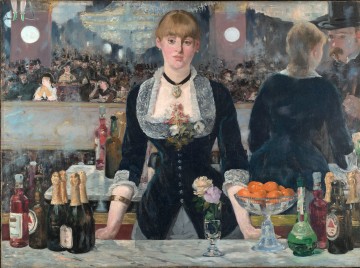This week Charlotte and I returned to the National Gallery. We have been here a few times with our art class, but each time we return, we explore somewhere new. We went from Impressionism, looking at the Manet and Monet, and on to the Post-Impressionists, Seurat and Van Gogh. The Impressionists were known for experimenting with light and color and capturing the present moment. The Post-Impressionists took off from these ideas, rejecting them in certain aspects in their paintings. They had more form and order in their works, with more of a focus on the meaning of the content.
One painting that immediately struck me was Georges Seurat’s Bathers at Asnieres. This painting is one of the biggest ones in the room so the viewer is drawn to it immediately. I noticed right away the obvious differences between this piece and one of an Impressionist like Monet. This painting is simple yet there is a lot going on. The scene is simply bathers by the water, but business is created with the details in the foreground and background. There is definition to this painting that is unlike Monet, whose obvious brush strokes and usage of color made unclear lines between objects. The color in this painting is also simple, and expected. The sky is blue, the grass is green; there is no experimentation at all. This painting almost seems like a photograph. Until you look at the people that is. The people are almost ghostly looking, with no expression or definition at all. This is one major difference between the Post-Impressionists and the Impressionists, and even the Pre-Raphaelites who had come before. If you look at a person in a painting done by Manet (Impressionist) or Millais (Pre-Raphaelite), there is significantly more detail on their features. In Seurat’s painting, it is clear that the people are not the focus. As a leading Post-Impressionist, Seurat strayed away from the risks and experimentations done by the Impressionists. He aimed to for more traditional and structured paintings, and this piece definitely has both those elements.
-Kasey & Charlotte








